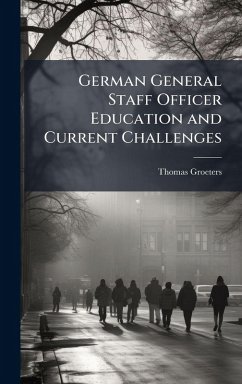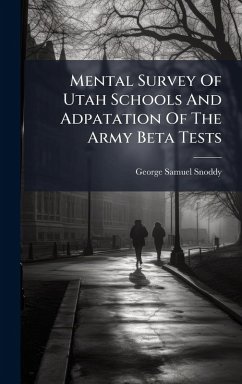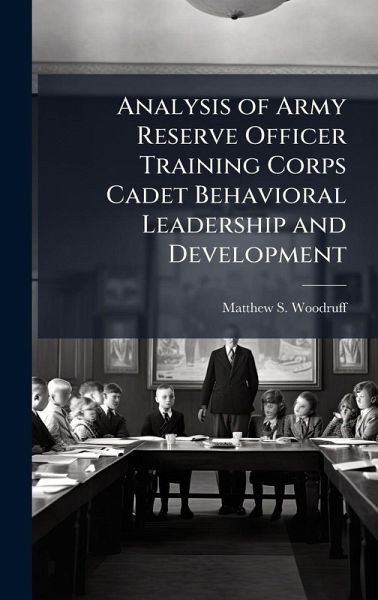
Analysis of Army Reserve Officer Training Corps Cadet Behavioral Leadership and Development
Versandkostenfrei!
Versandfertig in über 4 Wochen
28,99 €
inkl. MwSt.
Weitere Ausgaben:

PAYBACK Punkte
14 °P sammeln!
The United States Army is continually looking for ways to improve the training of its leaders. FM 22-100, Army Leadership: Be, Know, Do (1999), provides the foundation for the Army's leadership training. Its goal is to train leaders who can both accomplish the mission and take care of soldiers and their families. This project investigates how individuals' leadership opinions may vary according to their year in the Reserve Officer Training Corps program and also compared to non-ROTC students of similar academic standing. Does the leadership training implemented in ROTC effect change in leadersh...
The United States Army is continually looking for ways to improve the training of its leaders. FM 22-100, Army Leadership: Be, Know, Do (1999), provides the foundation for the Army's leadership training. Its goal is to train leaders who can both accomplish the mission and take care of soldiers and their families. This project investigates how individuals' leadership opinions may vary according to their year in the Reserve Officer Training Corps program and also compared to non-ROTC students of similar academic standing. Does the leadership training implemented in ROTC effect change in leadership opinions from the MS III (junior) to the MSIV (senior) cadets and do these opinions coincide with the Army's desires? Do the opinions stated by ROTC cadets differ from non-ROTC students? And finally, do these opinions differ by university attended? The leadership behaviors being investigated are those defined by Fleishman (1953, 1957): consideration and initiating structure. These leadership behaviors mirror the Army's Mission First, People Always motto. Taking care of soldiers and their families is consideration, while accomplishing the mission is initiating structure. The Leadership Opinion Questionnaire developed by Fleishman (1953), contains 40 questions (20 consideration, 20 initiating structure) measuring both elements. Both elements are independent, which means a leader can have varying levels of each (Fleishman, 1989). This work has been selected by scholars as being culturally important, and is part of the knowledge base of civilization as we know it. This work was reproduced from the original artifact, and remains as true to the original work as possible. Therefore, you will see the original copyright references, library stamps (as most of these works have been housed in our most important libraries around the world), and other notations in the work. This work is in the public domain in the United States of America, and possibly other nations. Within the United States, you may freely copy and distribute this work, as no entity (individual or corporate) has a copyright on the body of the work. As a reproduction of a historical artifact, this work may contain missing or blurred pages, poor pictures, errant marks, etc. Scholars believe, and we concur, that this work is important enough to be preserved, reproduced, and made generally available to the public. We appreciate your support of the preservation process, and thank you for being an important part of keeping this knowledge alive and relevant.



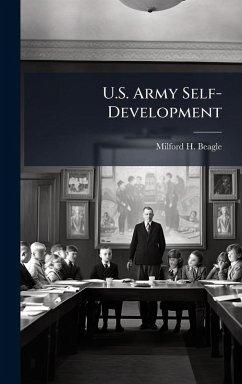
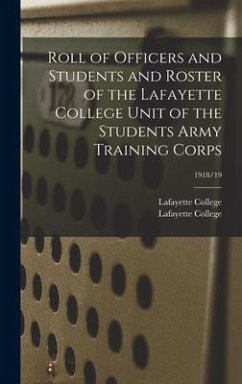


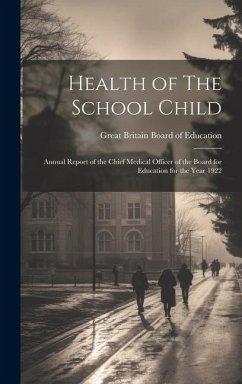
![Sons Of Indian Officers. Sandhurst And Woolwich. A Claim 'that The Sons Of Indian Officers Should Be Admitted To The Above Colleges Upon The Same Terms As The Sons Of Officers In The English Army And Navy'. Set Forth [by H.b. Mayne] In A Cover Sons Of Indian Officers. Sandhurst And Woolwich. A Claim 'that The Sons Of Indian Officers Should Be Admitted To The Above Colleges Upon The Same Terms As The Sons Of Officers In The English Army And Navy'. Set Forth [by H.b. Mayne] In A](https://bilder.buecher.de/produkte/74/74531/74531744n.jpg)

